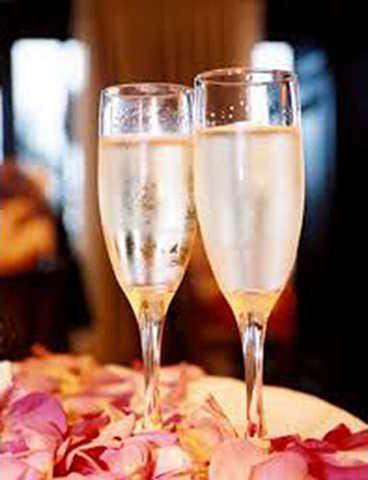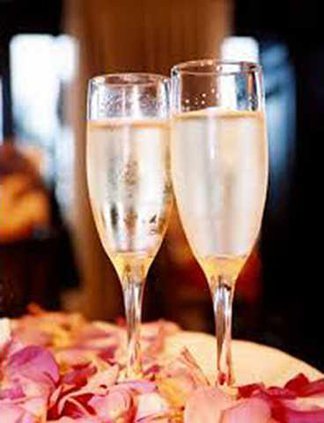Unbelievably, this is my eighth Thanksgiving since moving to beautiful Coastal Georgia. No Thanksgiving would be complete in our household without a touch of bubbly — champagne! We celebrate all of the blessings for which we are thankful for with a bottle or two.
Celebrate Thanksgiving with a bottle of bubbly
An English Rose In Georgia

